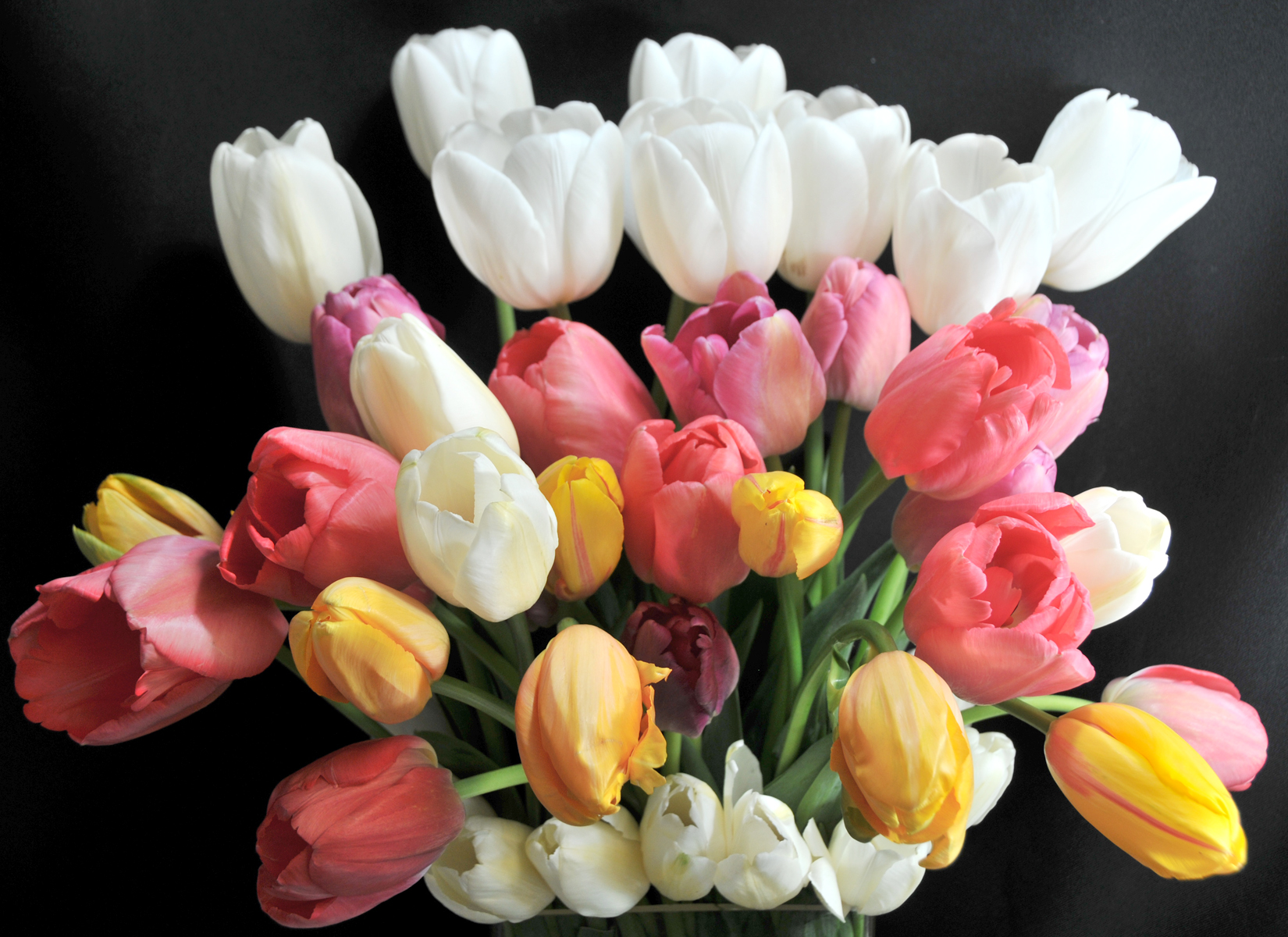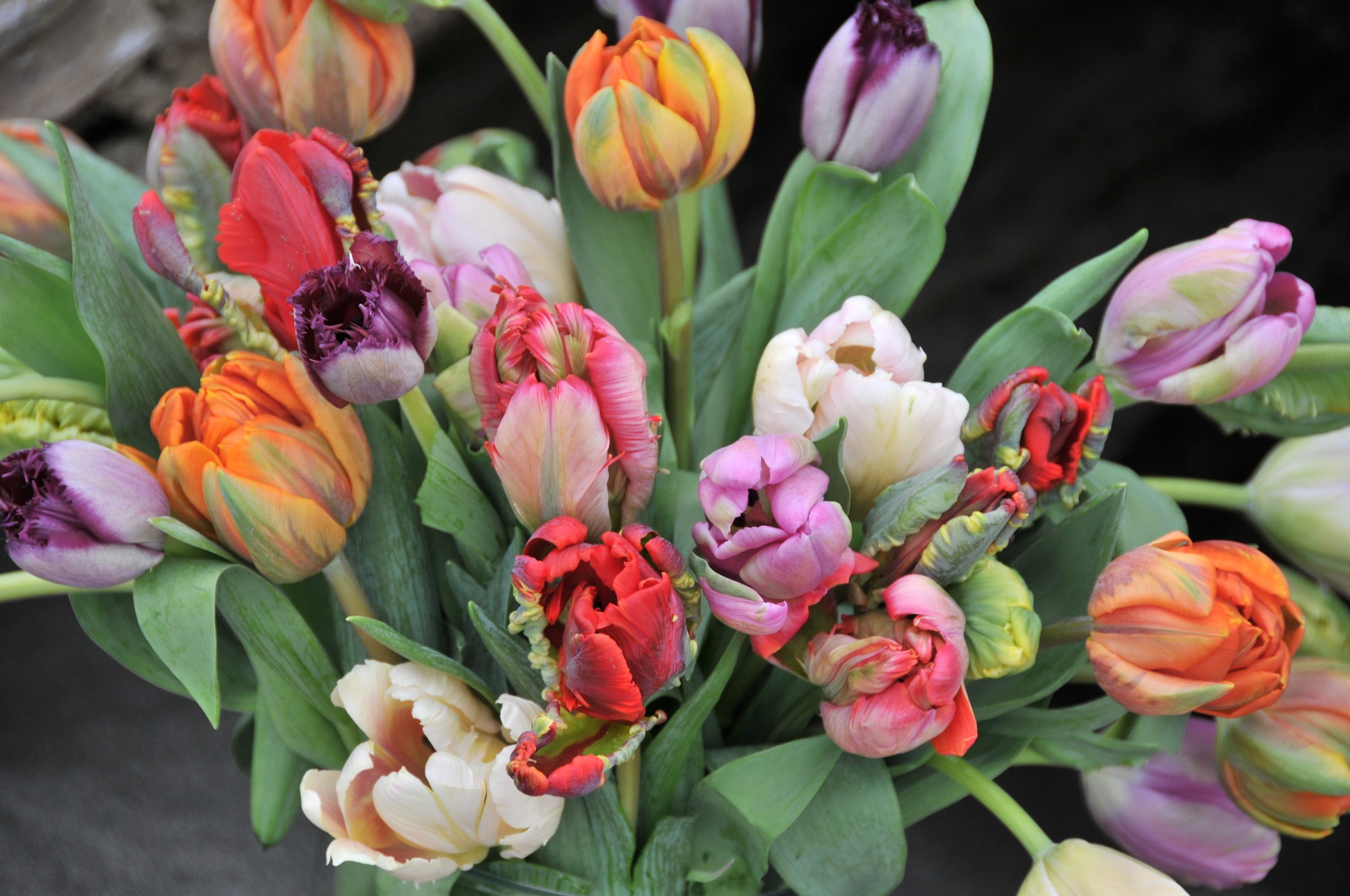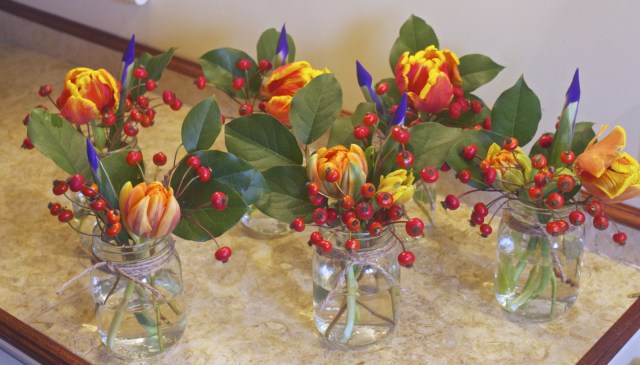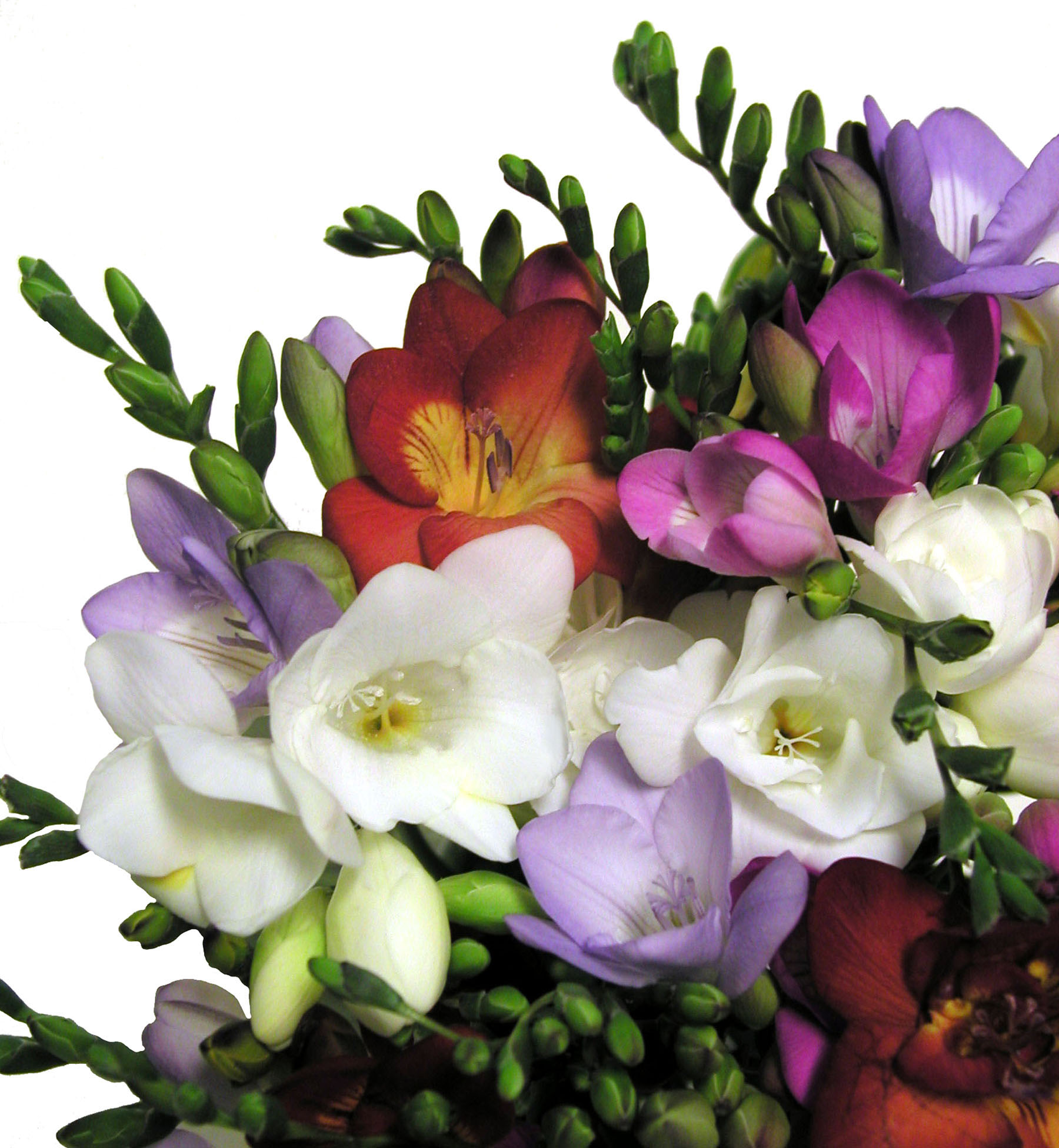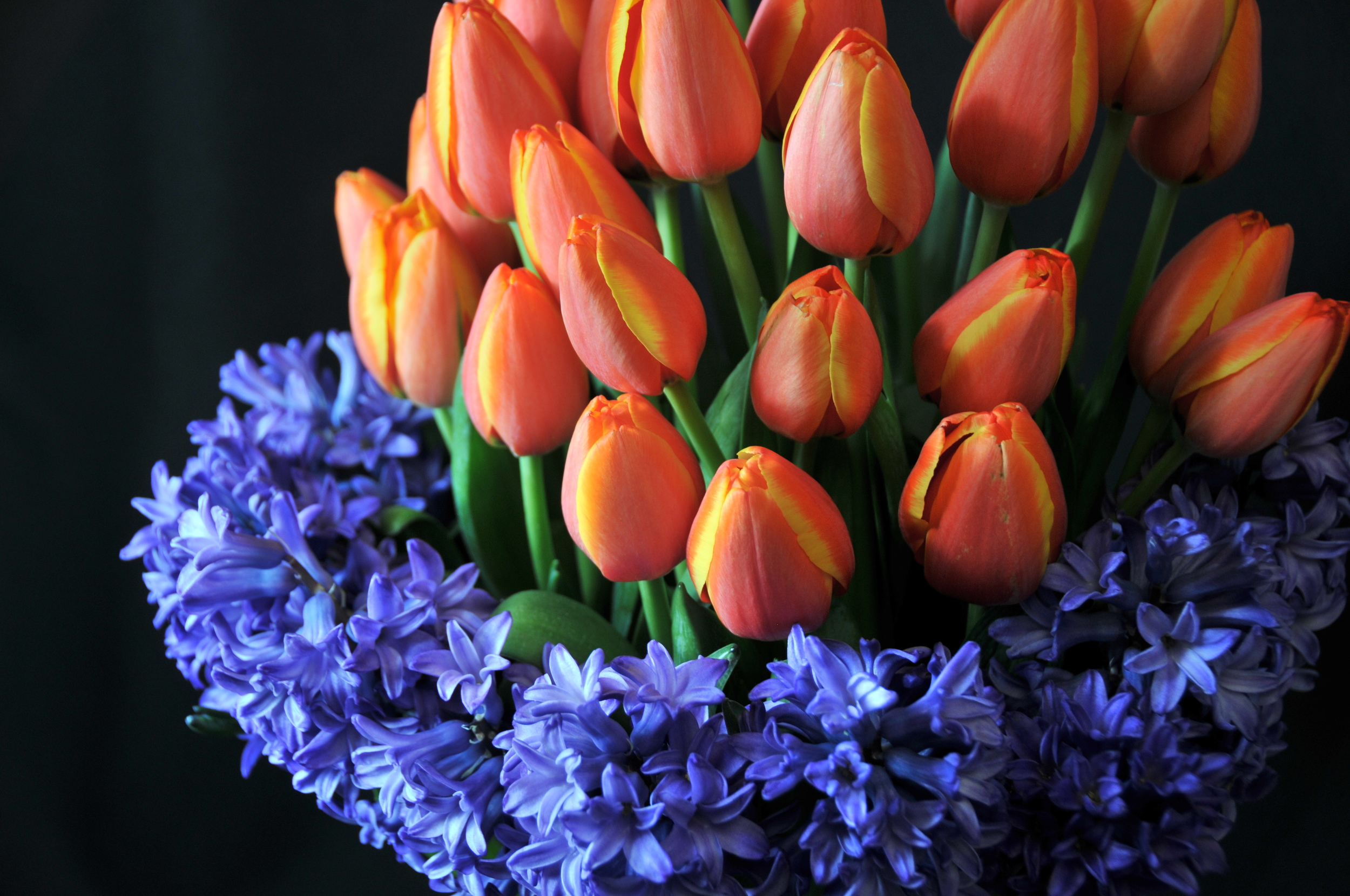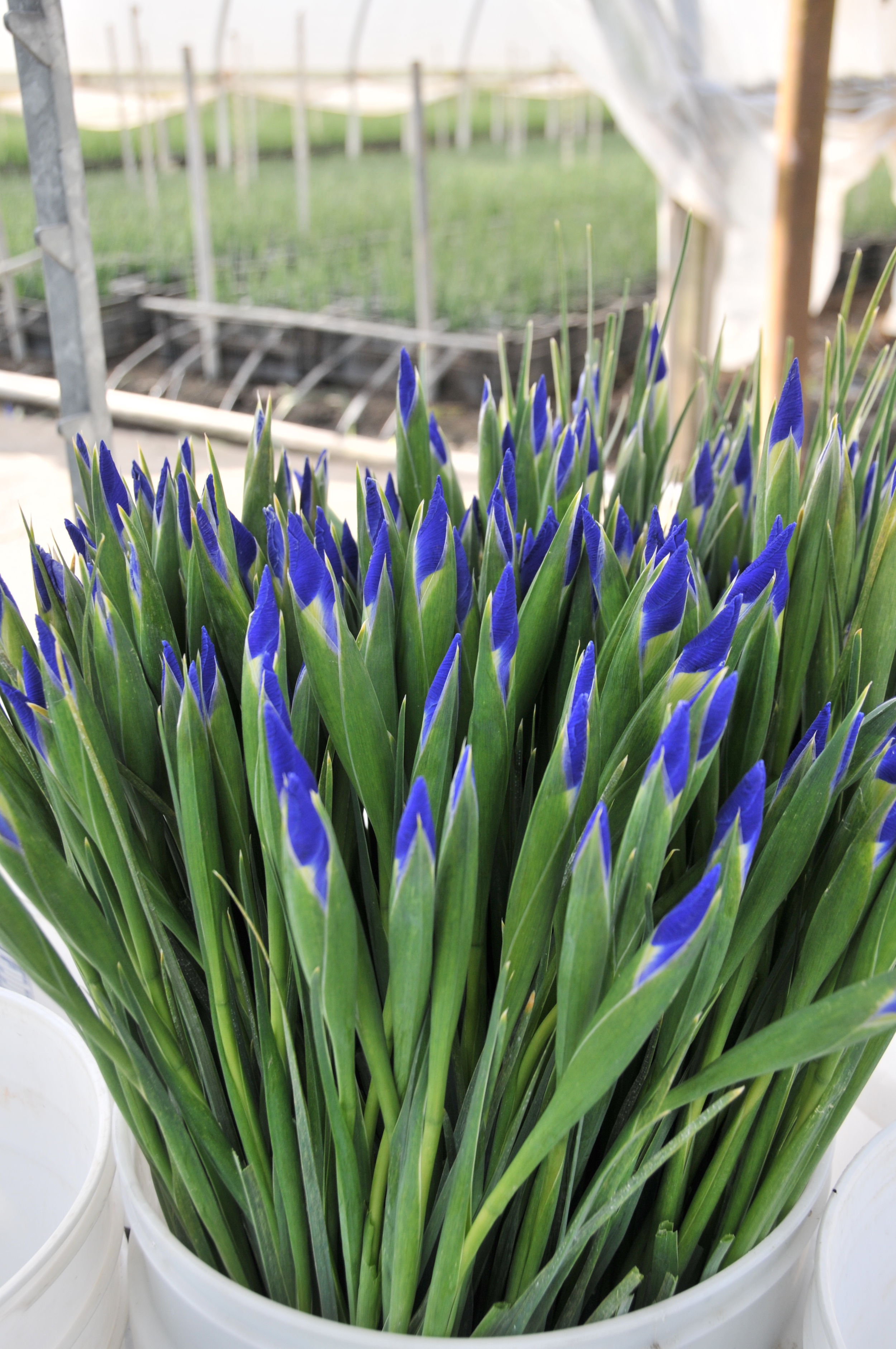What's the story behind French Tulips? Well, French tulips are in the group Single Late Tulips (SLT) but most SLTs are not considered French.
Most French Tulips are mutations of the Single Late variety named Mrs. John T. Scheepers. This is the big, bright, yellow tulip which many growers refer to as “The Mother of all Tulips.” It has been cultivated for centuries and this exact variety was officially introduced in 1930. It is named after Rose Dorothy Heywood, who was the wife of John Theodore Scheepers. Mr. Scheepers founded the firm of John Scheepers, Inc., which revolutionized the bulb industry in America. He is renowned for the creation of mass plantings for gardens and making the tulip the central spring motif. For this achievement in popularizing the Tulip, he became known as the "Tulip King". His horticultural introductions, which included prized tulips, lilies and dahlias, made him an outstanding figure in the field of horticulture. Mr. Scheepers passed way in 1938, and he left an amazing legacy which we still feel today.
These tulips were originally grown and picked in the south of France, in the Cote d’Azur region. This led to the name French Tulips, when they started being exported.
The term “Single Late Tulip” comes from the fact that this variety blooms after all other varieties of tulip. The single late tulip class (class 5) incorporates Darwin Tulips, old Breeder Tulips, Cottage Tulips and Scheeper Hybrid Tulips. The borderline between these former classes, due to hybridization and mutation, is no longer as obvious as in the past. Blooms are large, shapely and available in an immense range of colors, perched on long, strong stems.
The challenge for the flower grower lies in the conditions needed for optimal results. French Tulips can’t be pushed, they are a very stubborn variety. Standard tulips are a lot more accommodating in their growth patterns--a grower can turn up the heat in a greenhouse to bring them to harvest sooner, andcan also adjust light levels to dictate height.
French Tulips will not stand for this! They will not tolerate the big glass greenhouses, they prefer to be in a hoop house, much more exposed to Mother Nature’s whim than a normal tulip. Once in the hoop house a grower has little control over the growing process.
The wonderful thing about this process is that it leads to stunning tulips, bursting with personality. The stems are big and strong, the blooms are large and egg shaped. The foliage is a rich green color which sets off the bright flower.





